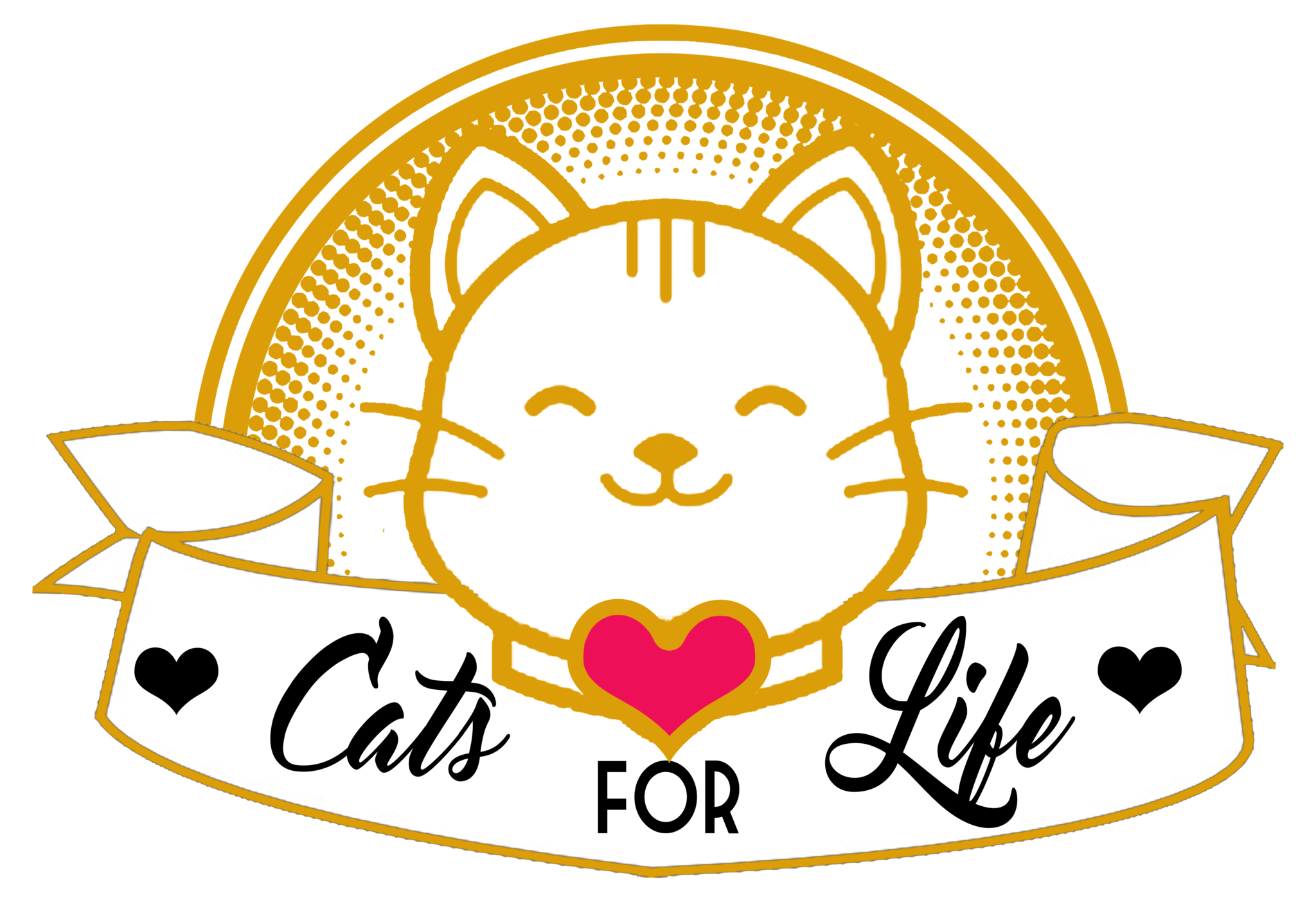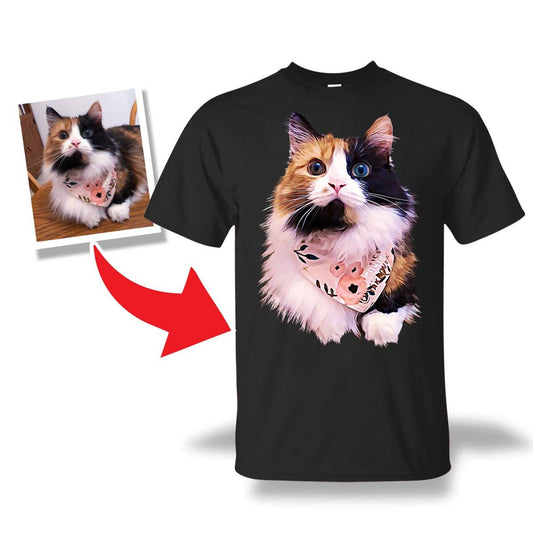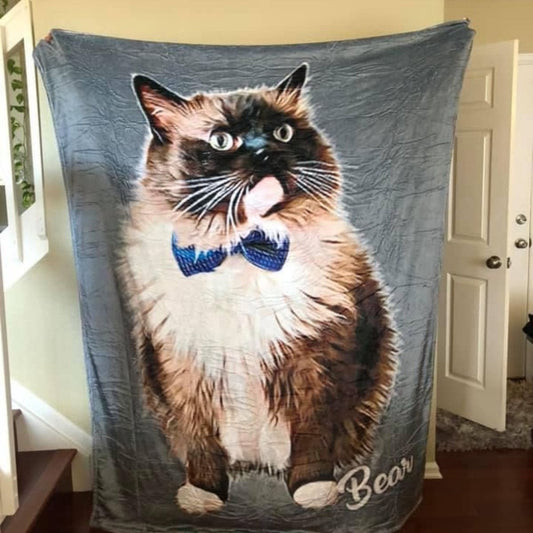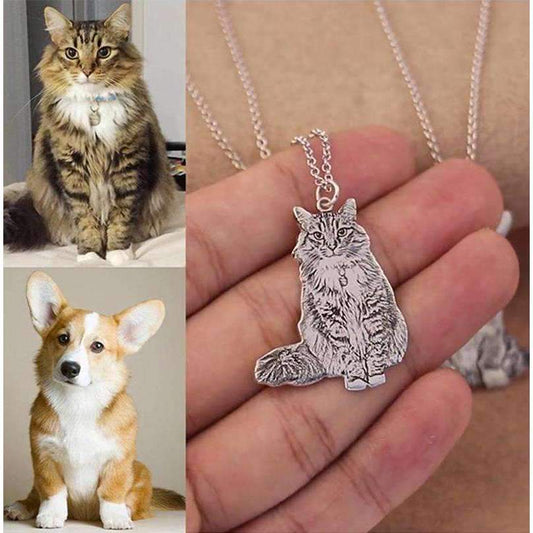Choosing the right cat food and litter is essential for maintaining your feline friend's health and hygiene. Understanding your cat's dietary needs and selecting the best litter are crucial aspects of responsible pet care. In this article, we will explore 7 tips to help you make informed decisions about your cat's nutrition and litter choices.
Key Takeaways
- Identify your cat's nutritional requirements based on their age, activity level, and health condition.
- Choose cat food with high-quality protein sources, essential nutrients, and minimal fillers or artificial additives.
- Avoid common allergens such as wheat, corn, and soy in your cat's food to prevent allergic reactions.
- Understand your cat's litter preferences and provide a litter that meets their texture and odor preferences.
- Evaluate different litter types including clumping, non-clumping, and natural options to find the best fit for your cat.
Understanding Your Cat's Dietary Needs

Identifying the Nutritional Requirements
Understanding the specific nutritional needs of your cat is crucial for their overall health and well-being. Cats are obligate carnivores, which means their diet must be rich in animal proteins to thrive. It's essential to ensure that the cat food you choose aligns with these dietary requirements.
Cats require a balance of the following nutrients:
- Protein from meat or fish
- Amino acids like taurine and arginine
- Fatty acids
- Vitamins
- Minerals
- Water
While the exact proportions can vary based on age, activity level, and health status, a deficiency or excess of these nutrients can lead to health issues.
Always check the food label for a breakdown of ingredients to confirm that it meets the AAFCO (Association of American Feed Control Officials) guidelines, which indicate the food is complete and balanced for your cat's life stage.
Choosing the Right Ingredients
Selecting the right ingredients for your cat's food is crucial for their health and well-being. High-quality proteins should be at the top of the ingredient list, as they are essential for your cat's muscle maintenance and overall growth. Look for named meat sources like chicken, beef, or fish, rather than vague terms like 'meat meal' or 'animal by-products'.
Fats and oils are also important for a balanced diet, providing energy and supporting a healthy coat. However, the type and amount matter. Here's a quick guide to some beneficial fats:
- Omega-3 fatty acids (from fish oils, flaxseed): Support skin and coat health
- Omega-6 fatty acids (from poultry fats, vegetable oils): Promote energy and proper cell function
Carbohydrates should be present in moderation, as cats have a limited ability to digest them. Whole grains or vegetables can be good sources, but they should not overshadow the protein content.
It's also vital to consider the balance of vitamins and minerals in your cat's diet. These should be tailored to their life stage and health needs, ensuring they get the right support for a robust immune system and healthy bodily functions.
Avoiding Common Allergens
Cats, like humans, can suffer from allergies to certain foods, which can lead to discomfort and health issues. Identifying and avoiding common allergens is crucial for your cat's well-being. Allergens can vary from one cat to another, but there are some that are more frequently problematic.
Here's a list of common allergens to be mindful of:
- Beef
- Dairy products
- Fish
- Chicken
- Eggs
- Corn
- Wheat
- Soy
When introducing a new food to your cat's diet, it's important to do so gradually. This allows you to monitor your cat for any adverse reactions and identify potential allergens effectively.
Always consult with your veterinarian if you suspect your cat has a food allergy. They can help you pinpoint the specific allergen and recommend a dietary plan that avoids these triggers, ensuring your cat remains healthy and happy.
Selecting the Best Litter for Your Cat

Understanding Your Cat's Litter Preferences
Cats are particular about their litter, and understanding your cat's preferences is crucial for their comfort and your convenience. Observing your cat's behavior in the litter box can provide valuable insights into their preferences. Some cats may prefer fine-grained litter that mimics the softness of sand, while others might favor larger, pellet-style litter.
- Texture: Some cats have sensitive paws and may prefer softer textures.
- Depth: Cats often have a preferred depth to which they like to bury their waste.
- Scent: Unscented litter is generally recommended as cats have a strong sense of smell and may be deterred by strong fragrances.
It's important to note that a cat's litter preference can change over time due to factors such as age, health, and changes in their environment. Regularly assessing and adapting to your cat's needs can help prevent litter box issues.
Remember that each cat is an individual, and what works for one may not work for another. It may take some trial and error to find the perfect litter that meets both your cat's preferences and your requirements for cleanliness and odor control.
Evaluating Different Litter Types
When selecting the best litter for your cat, it's important to evaluate the different types available on the market. Each type of litter comes with its own set of benefits and drawbacks that can affect both your cat's comfort and your ease of cleaning. Consider your cat's habits and your own preferences when making a choice.
- Clumping clay litter is popular for its ease of scooping, but it can be dusty and heavy to handle.
- Silica gel crystals are highly absorbent and control odor well, but they may be more expensive.
- Recycled paper litter is eco-friendly and low dust, but it might not control odor as effectively as other types.
- Natural plant-based litters, such as those made from corn or wheat, offer biodegradability and are often flushable, but some cats may not like the texture.
Remember, the best litter is one that your cat will use consistently and allows for easy maintenance. It should be safe, comfortable for your cat's paws, and effective in odor control. Transitioning to a new litter should be done gradually to allow your cat to adjust.
Managing Odor and Hygiene
Maintaining a fresh environment for both your cat and your home hinges on effective odor and hygiene management. Selecting the right litter is crucial, as it can significantly reduce unpleasant smells and make maintenance easier.
- Clumping litter allows for easy removal of waste, keeping the box cleaner for longer.
- Non-clumping litter may require more frequent changes but is often less expensive.
- Silica gel litter excels in odor control, though it's at a higher price point.
- Natural litters, such as those made from wood or paper, offer biodegradable options with varying degrees of odor control.
Consistent litter box cleaning is essential. Scoop daily, and change the litter completely according to the manufacturer's recommendations or as needed. This routine not only keeps odors at bay but also encourages your cat to use the litter box regularly, preventing accidents around the house.
Conclusion
Choosing the right cat food and litter is essential for maintaining your cat's health and hygiene. By considering these 7 tips, you can ensure that your feline friend is well-nourished and comfortable. Remember to consult with your veterinarian for personalized recommendations based on your cat's specific needs.
Frequently Asked Questions
How do I know if my cat has a food allergy?
Common signs of food allergies in cats include vomiting, diarrhea, itching, and skin inflammation. If you suspect your cat has a food allergy, consult with a veterinarian for proper diagnosis and treatment.
What are the key nutritional requirements for cats?
Cats require a diet rich in protein, essential amino acids, taurine, and certain vitamins and minerals. It's important to choose cat food that meets these nutritional needs.
How can I manage litter box odor effectively?
To manage litter box odor, consider using odor-absorbing litter, scoop the litter box daily, and maintain good ventilation in the area. Additionally, regular cleaning and changing of the litter can help control odor.
What should I look for in cat food ingredients?
Look for high-quality protein sources, limited fillers and additives, and essential nutrients such as omega-3 fatty acids. Avoid ingredients that are known to be common allergens for cats.
How often should I change my cat's litter?
It's recommended to completely change the litter and clean the litter box at least once a week. However, if you have multiple cats, you may need to change it more frequently.
Can I switch my cat's food and litter abruptly?
It's best to transition your cat to a new food or litter gradually to avoid digestive upset. Mix small amounts of the new food or litter with the old one over a period of 7-10 days.




